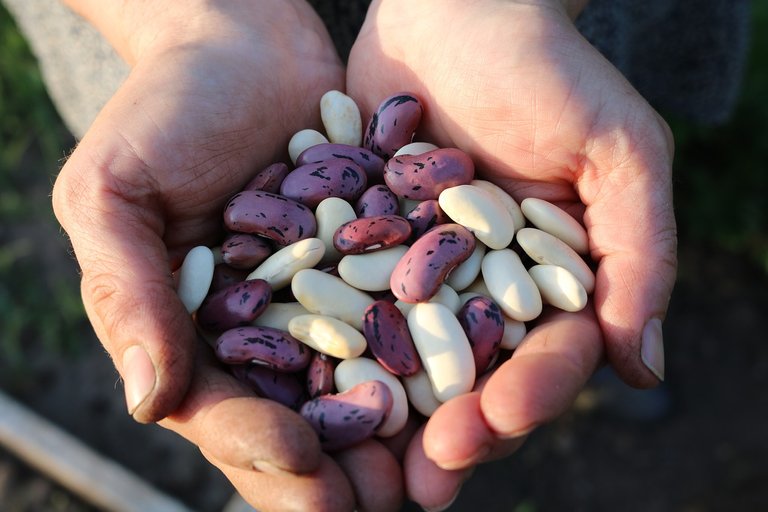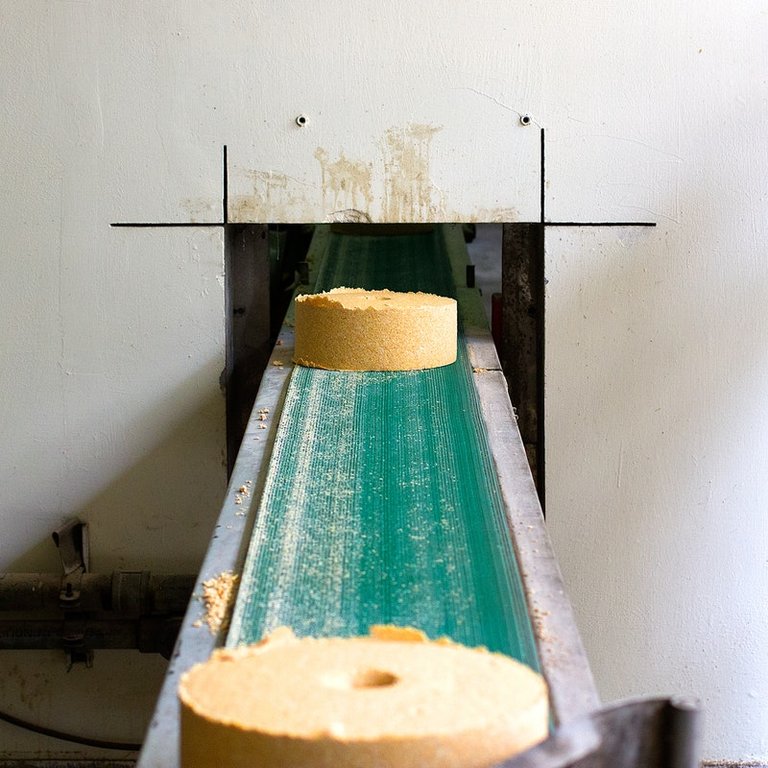This is part 3 of a three-part series, the first and second parts are linked below.
Legumes: A comprehensive processing overview – Part 1
Legumes: A comprehensive processing overview – Part 2
This third part will continue with the chemical and biotechnological treatment processes that are used to deal with anti-nutritional factors present in legumes.

Chemical
A recurring theme in the physical processes was the disruption of the tertiary structure of the trypsin inhibitors (TIs). Chemical inactivation processes mainly target the disulfide bonds (S-S). These disulfide bonds provide the structure and stability of the tertiary structure of the TI proteins. The downside of chemical processes is that chemical residue can remain in the food product after treatment.
Acids and Bases
Treatment of legumes with acids and bases is proposed as a method to assist with the inactivation of ANFs. Addition of acids and bases makes a very high or low pH environment. This changes the electrostatic interactions within the protein structure and therefore affects the orientation of the structure. The thermal treatment of soybeans with ammonium hydroxide (NH4OH) reduced the temperature needed for inactivation of TIs from 100 °C to 73.9 °C.
Sadly there are many downsides to using acids and bases. TI inactivation is delayed in acidic environments. It is expected that the low pH changes the structure into a more heat-resistant conformation. Bases can cause side reactions with other ingredients in the legumes. Some of these side reactions include:
- Formation of new amino acids such as lysinoalanine. This amino acid is likely to cause kidney damage in rats. Although the effect on humans is as of yet unknown.
- Racemization of amino acids. This causes decreased digestibility of proteins and formation of toxic compounds.
- Bases influence the functional properties of proteins, although there has been no scientific research on this matter regarding legumes.
Reducing agents
Reducing agents also work by destroying the disulfide bonds (S-S) of the tertiary structure. These reducing agents are specifically chosen to target these disulfide bonds. This technique has a little investigation. Some tests using a treatment of soybeans with sodium metabisulfite (Na2S2O6) have been done. Addition of 0.1 M of this agent for 2 hours at 65 °C inactivated the TIs by 94%. A second agent, tris (2-carboxiethyl)-phosphine (TCEP), achieved complete TI inhibition after only a 5 min treatment. The only issue is that TCEP is a carcinogen, which means it has limited use for legumes.
The reducing agents have high potential due to their targeted breakdown of the tertiary protein structure of TIs. Except they aren’t always safe to use in food products and thus require approval as an additive by the responsible food safety institutions.
Functionalized Copolymer
A rare technique, as only one study has tried using a functionalized polymer to inactivate TIs. The authors tested copolymer allyl glycidyl ether-ethylene glycol dimethacrylate (quite the mouthful). When functionalized with a base it binds to TIs and denatures them. A 1-hour treatment of soybean milk achieved > 90% inactivation, while full breakdown was not reported. The technique is interesting, but there is no study on the toxicity of the polymer the success with other types of legume ANFs.
Biotechnological
Germination
Germination is the process where seeds come out of their latency. The legume seeds has nutrients stored in them and these are converted by enzymes so that they are ready to be consumed for the autotrophic growth of the plant. The early stage of germination is where proteases (enzymes that break down peptide bonds) break down proteins into free amino acids. This means the TIs are also affected as the germination process converts them to amino acid building blocks.
The resulting TI inactivation highly depends on the type of legume. A 5-day germination of black gram achieved 88.2% inactivation, but 5-day germination of pigeon beans only achieved 19.2% inactivation. Interestingly enough, the TI activity increased more than threefold for black gram after 3 days of germination compared to 2 days. These observations make the result of legume germination rather unpredictable, although in general inactivation is achieved.
Germination is an effective technique to get a medium degree of TI inactivation, and should, therefore, be used in conjunction with other processing methods. The cost of germination is time, as it can take several days before positive effects have been realized. A combination of germination and gamma irradiation could overcome the losses of vitamin C. Both provide a medium reduction of TI activity, together they could reach the safety limits for anti-nutritional factors concentrations.
Fermentation
The process of legume fermentation introduces microorganisms. For the legumes, this is an anaerobic and catabolic process where complex molecules are turned into simple ones. Fermentation generally improves the nutritional quality of the legume by increasing bioavailability. Bacterial and yeast fermentation involve proteolysis which improves amino acid bioavailability.

Many studies find high inactivation rates (> 80%) of TIs for fermented soy products. Fermentation with L. plantarum achieved 99.17% of TI inactivation. Some combinations, such as Rhizopus oligosporus for tempeh, were not effective. This combination saw slightly elevated values for TI activity. Common beans subjected to ¬Lactobacillus fermentum achieved a 38% reduction of one variant of TI.
Again the downside of the biotechnological processes is the time consumption. Fermentation is another effective technique to protect us from ANFs, but its effectiveness is not always guaranteed depending on the legume-microorganism combination.
Conclusion
Now that I’ve covered this long list of processing techniques for legumes I believe there should be some consensus on the ideal technique. This technique preferably has a low impact on the nutritional quality or manages to improve it. It must inactivate most if not all of the anti-nutritional factors (ANFs), especially trypsin inhibitors. Finally, it should be economically attractive, not just money-wise, but also in time and energy requirement.
We’ve seen that the effectiveness of any processing technique depends on the legume and the type of ANFs they contain. We’ve also seen varying ANF inactivation effectiveness.
Techniques with high effectiveness:
- Thermal (cooking, microwaving)
- Extrusion
- Infrared irradiation
- All chemical techniques
- Fermentation
Techniques with medium effectiveness:
- Ultrasound
- Gamma irradiation
- Germination
- High hydrostatic pressure
Techniques with low effectiveness:
- Soaking
- Ultrafiltration
Combinations of some of these, depending on the final intent of the legume food product, would be best suitable for ANF inactivation. A promising example process is a combination of high pressure with a thermal treatment. With the final goal of making the legume food category even more attractive for industry, farmers, and consumers.
Enjoy your beans, peas, nuts, and lentils!
References:
Inactivation Methods of Trypsin Inhibitor in Legumes: A Review
List of Legume Foods
Plant-based diet: Nuts, seeds, and legumes can help you get there
Nutrition basics
What are Trypsin & Chymotrypsin?
Study of Instant Controlled Pressure Drop DIC Treatment in Manufacturing Snack and Expanded Granule Powder of Apple and Onion
Radiolysis
Images:
Unsplash
Related from @Altherion
Survival of the Fattest
The Nano World – Atomic Layer Deposition
The Dancing Spider
Printing ‘Living Matter’
by FoodLabScience
Twitter

A scientist’s food for thought!
This post has received a 0.14 % upvote from @drotto thanks to: @steemstem-bot.
Well done! This post has received a 7.69 % upvote from @litasio thanks to: @steemstem-bot. Whoop!
If you would like to delegate to the @LitasIO you can do so by clicking on the following link: 10SP
Very nice information